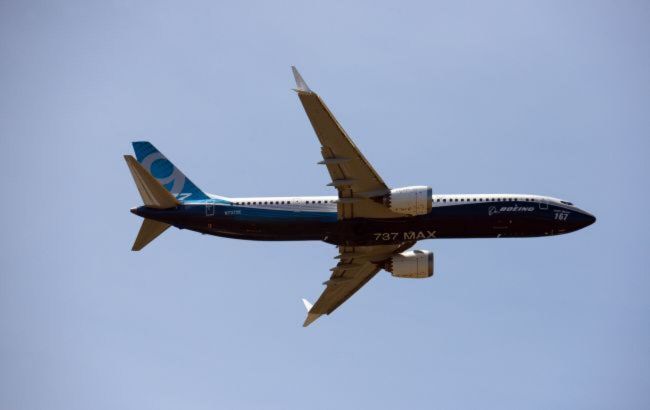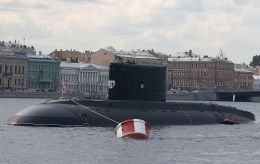Tariff war: Boeing sends new jet for China back to US
 Illustrative photo: Boeing 737 MAX airliner (Getty Images)
Illustrative photo: Boeing 737 MAX airliner (Getty Images)
One of Boeing's new airliners, which was to be delivered to a Chinese airline, was forced to return to the United States due to import tariffs, according to Reuters.
A Boeing 737 MAX aircraft, which was intended for delivery to Xiamen Airlines, landed at one of Boeing’s factory airfields in Seattle on Sunday, April 20, at 6:11 PM local time (10:11 PM Kyiv time). The plane was painted in the Chinese carrier’s signature livery.
During the roughly 8,000 km return trip, the airliner made refueling stops on Guam and in Hawaii. The aircraft was one of several 737 MAX jets located at the final assembly center in Zhoushan, China, awaiting final outfitting and handover to the Chinese customer.
According to consulting company IBA, a new 737 MAX costs around $55 million. Therefore, the Chinese carrier may face financial losses due to potential tariffs.
It is currently unknown who decided to return the plane to the United States. Boeing and Xiamen Airlines did not respond to Reuters’ request for comment.
The return of the 737 MAX - Boeing’s most popular model - highlights ongoing disruptions in the supply chain caused by the end of a years-long duty-free regime in the aerospace sector.
This situation, involving tariffs and supply interruptions, comes as Boeing attempts to resume deliveries following a nearly five-year halt on 737 MAX imports to China and amid a previous wave of trade tensions between the two countries.
Experts note that uncertainty around tariff policy could jeopardize many future deliveries. Some airline executives admit that under tariff pressure, they would rather postpone handovers than pay additional duties.
Trump's trade war
United States President Donald Trump imposed import tariffs on goods from more than 180 countries in early April.
For China, a tariff rate of 34% was introduced. Beijing responded with a mirrored 34% tariff on US imports.
However, the Trump administration did not stop there and began rapidly raising tariffs on Chinese imports, with China continuing its mirrored increases in response.
The tariff clash ended with the United States establishing base tariffs on Chinese imports at 145%. In response, China imposed a 125% tariff on all American goods.
Later, the United States lifted tariffs on imported electronics, which mostly come from China.
At the same time, the Trump administration did not rule out introducing tariffs of 245% on Chinese imports.

